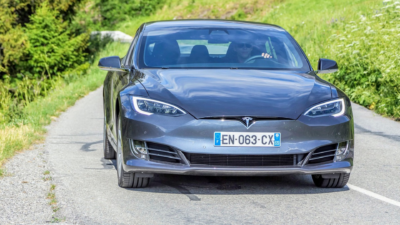GMO backs up China credit bubble story, with reasoned analysis
Value manager GMO usually gets it right, eventually. But it may go for long periods of being wrong – that is, being too early in its calls. But its latest research report, “Feeding the Dragon: Why China’s Credit System Looks Vulnerable”, is a classic and thorough analysis which deserves to be widely discussed, whether or not you are a true believer in the ongoing China miracle.
The white paper, by Edward Chancellor and Mike Monnelly, goes behind the headline figures on the Chinese banking, non-banking financial and wealth management sectors and finds some dirty linen. It’s not that any of this is brand new; it’s just that it is aggregated, dissected and analysed in a dispassionate fashion.
The paper was published at the end of January and has caused a stir in the US, where there are many skeptics about Chinese economic and financial statistics. But this is a paper which should inspire reasoned debate and further analyses, not politically or otherwise-inspired rhetoric.
The conclusion is that China is in a credit bubble and, historically, these do not end well, especially when combined with a housing boom. The researchers argue that the recent “recovery” after China appeared to stall early last year, is illusory. Much of the new growth is off the banks’ balance sheets in the burgeoning non-bank or shadow-banking sector and the evidence is that most of the demand for credit is coming from provincial governments or SOEs, not private enterprise.
To make matters worse, the banks have been introducing new high-yield wealth management products which have flown off the shelves in the past year as Chinese bank customers have grown tired of their low or negative real interest rate deposits. These products are akin to the CDOs which sold equally well in the US prior to 2008. They are opaque packaged debt products.
“The worst investment decisions have generally been made when dumb money is chasing yield,” the paper says.
And finally, it raises concerns about the potential flight of capital where wealthy Chinese investors look offshore for better and perhaps more stable returns. And perhaps cleaner air and better educational opportunities for themselves and their families.
One estimate puts about two-thirds of the nation’s foreign exchange reserves under the control of the wealthiest 1 per cent of Chinese. The Wall Street Journal estimated last year that capital outflows amounted to about $US225 billion in the 12 months to September 2012.
The full white paper, and other reports, is on this page at the GMO site:









